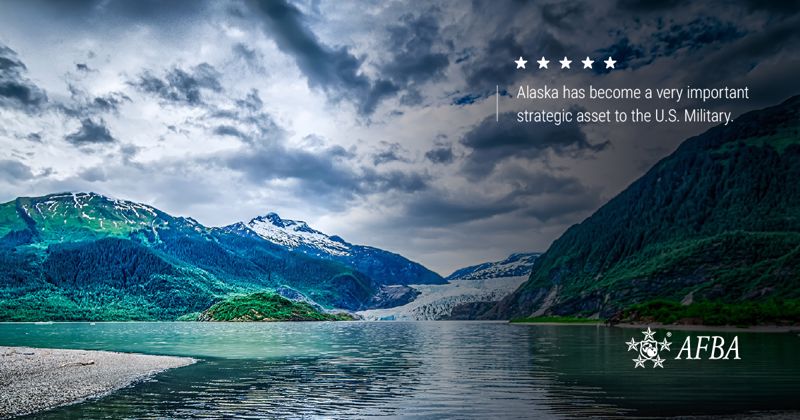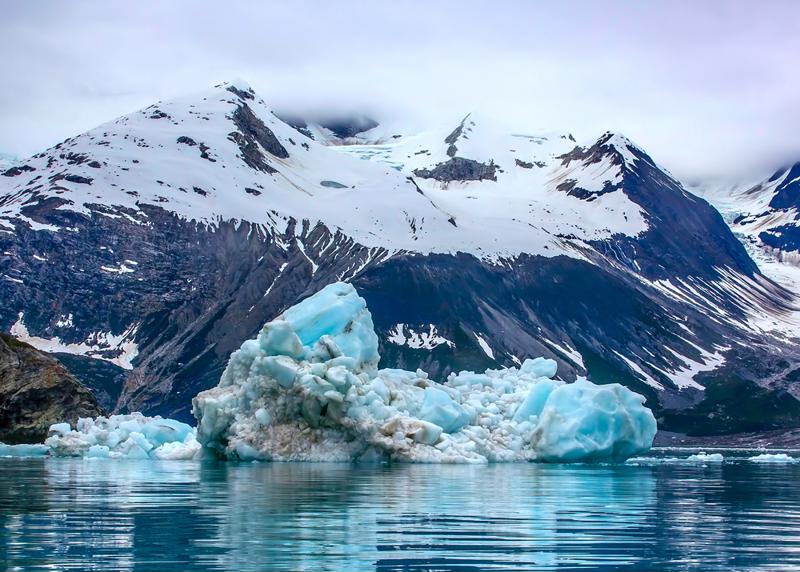The U.S. military is constantly evaluating its strategy for security, both in the homeland and abroad. Each state in the U.S offers its own benefits to the military, either based on location, climate, or population. The northernmost part of the United States, Alaska, is no exception and provides its own unique advantages to the military. Most recently, as threats from China and Russia mount, Alaska has become a very important strategic asset to the U.S. Military.
150 years of the U.S. military in Alaska
There are nine military bases across the 104 million acres that make up Alaska. This is by no means the most military bases in one state, but each base is strategically located to optimize the benefits.
Alaska has acted as a tactical boon for the U.S., even before it became a state. President Andrew Johnson obtained Alaska for the U.S. from Russia on October 18, 1867. The military actually managed the governance of the area until Alaska became an official state on January 3, 1959.
As of 2019, there were 21,407 active duty military personnel in Alaska. The Air Force has the largest presence, making up 38% of the active duty military population there.
 The appearance of U.S. Department of Defense (DoD) visual information does not imply or constitute DoD endorsement.
The appearance of U.S. Department of Defense (DoD) visual information does not imply or constitute DoD endorsement.Alaska as a strategic location
Alaska’s climate is harsh and unforgiving, with temperatures that sink below 0° F and a climate that supports little vegetation. However, Alaska’s location makes it ideal for military occupation. When Russia sold Alaska to the United States, Japan was occupying several of the Alaskan islands because of the area’s prime location.
The state’s geography allows bases easy simultaneous access to Arctic and Indo-pacific regions. This is a unique advantage for our country because the military can easily traverse both the Pacific Ocean to the south and the Arctic Ocean to the north.
Defense Secretary Lloyd Austin said in a July 2021 press release that the U.S. has increased its defenses in Alaska as a result of mounting pressures from Russia and China. It is the U.S.’s closest reliable landmass to those international security threats.
Protection against homeland security threats
Defense leaders like Austin consider Alaska a key asset in the military’s ability to make its power known in both the Arctic and Indo-pacific regions.
Protective bases in Alaska increase in importance as threats from the Arctic and Asian regions continue to build. Russia dominates most of the Arctic Circle, probably due to the fact that 25% of its GDP comes from natural resources found in the Arctic Circle, according to the U.S. Department of Defense (DoD). But Russia isn’t the only country/government bolstering its arctic activity.
China is also working towards increasing its presence in the Arctic, but it wields a significant amount of influence in Asia. According to a press release from the DoD, China is likely interested in accessing the vast and generally untapped natural resources in the Arctic which include “90 billion barrels of oil and an estimated trillion dollars’ worth of rare earth metals.” These resources are more accessible than ever before, as melting layers of permafrost expose them.
How the U.S. competes
Training has always been a key component of every branch of the military’s success, but this is especially true in Alaska where there is plenty of space for military facilities. A major one is the Joint Pacific Alaska Range Complex, where the training of several branches converge. The facility includes 65,000 miles of airspace, 490 miles of land space with 1.5 million acres of maneuver land and 42,000 nautical miles of sea and airspace in the Gulf of Alaska.
Training is only a part of the military’s efforts to prepare active duty service members and is only a part of the DoD’s homeland security strategy. Among many other things, the U.S. plans to utilize the Alaska-based Air Force units. Defense Secretary Austin cites fifth-generation strike aircraft to integrate air and missile defense as notable examples of how Alaska is essential to the U.S. Military.

